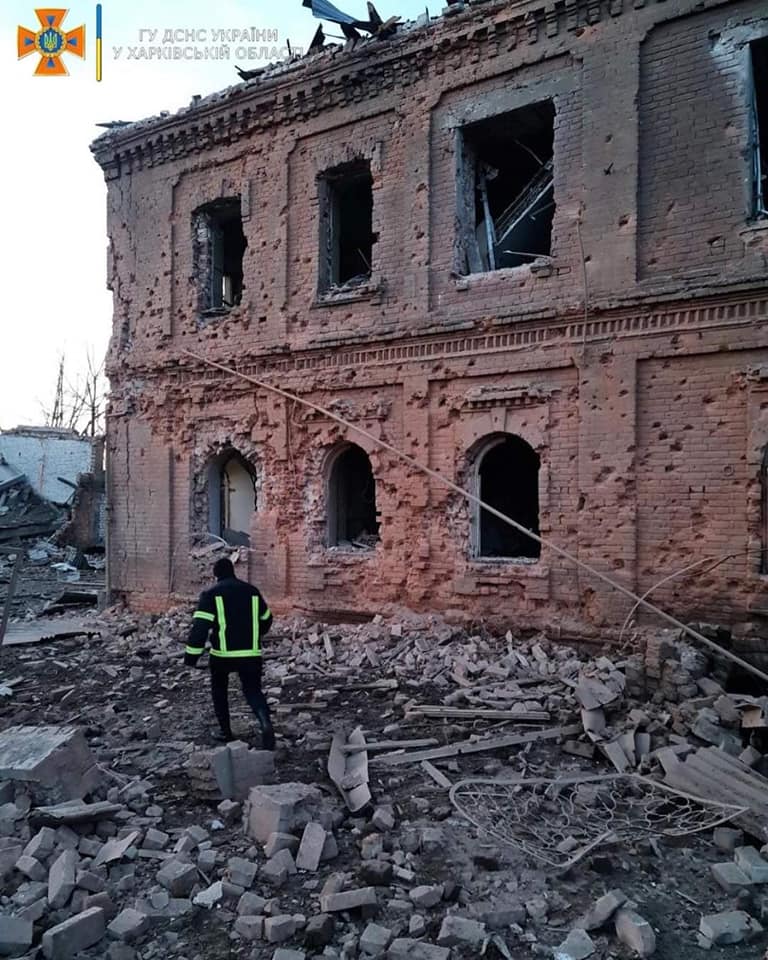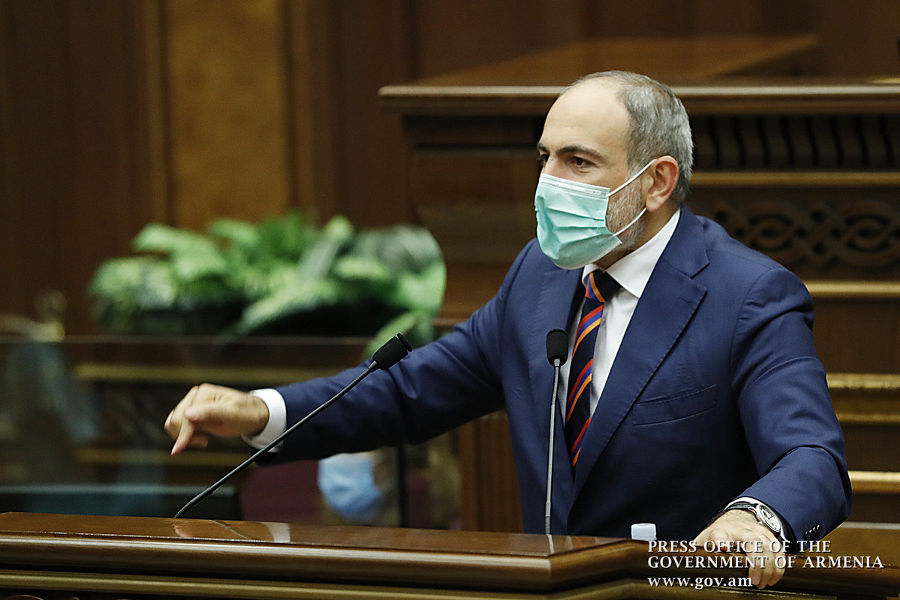

As large-scale hostilities continue in Ukraine, politicians, geopolitical experts and international media outlets seek to assess the outcomes and implications of the conflict. When Russia launched its “special military operation” on February 24, the widespread assumption was that Russia planned a blitzkrieg to take major Ukrainian cities within days or maximum weeks.
The narrative changed as the first week of hostilities passed with no significant Russian successes. Experts and commentators started to claim that the Russian plan failed due to miscalculations and stiff resistance of the Ukrainians. According to these assessments, Russian President Vladimir Putin was misinformed by his advisors and generals, who promised him that many Ukrainians would meet Russian troops with flowers and that the “special military operation” would be an “easy evening walk.” According to this narrative, facing a different reality, at the beginning of March 2022, Putin started to look for ways out of the mess hastily and end the war.
Several rounds of Russia–Ukraine negotiations conducted in Belarus seemingly confirmed this narrative, depicting negotiations as a way for Russia to end the war while seeking to make “face-saving.”
However, as the war entered its fifth week and Russian troops continued to make slow but steady advancements in the southeastern parts of Ukraine, discussions intensified about future scenarios for Ukraine. Russia continues to push forward its main demands on Ukraine: recognition of Crimea as a part of Russia, recognition of the independence of the Donetsk and Lugansk People’s Republics within the territories of the former Donetsk and Lugansk oblasts, demilitarization and denazification of Ukraine. It is almost impossible to imagine that President Zelensky would agree to accept those demands. First of all, this will inevitably raise the question among millions of Ukrainians why Zelensky rejected these demands before February 24. If Ukraine was going to sign the deal, what was the reason for the initial rejection, which resulted in horrible human and economic losses?
Meanwhile, even if President Zelensky agrees to sign that deal, at least part of Ukraine’s political and military leadership may reject it and even force Zelensky’s resignation. Since 2014, Ukraine has faced several such situations when even minor concessions to Russia were rejected by part of the society triggering acute political crises. The violent clashes between protesters and Ukrainian police outside the Ukraine Parliament in August 2015, as Parliament passed on first reading of a bill on decentralizing power in Ukraine, are a stark reminder of the turbulence of Ukrainian domestic politics.
There are no indications that Russia is ready to abandon its claims, cancel its recognition of the Donetsk and Lugansk People’s Republics’ independence, and withdraw its troops to the positions of February 23. Russia would probably not agree to withdraw from any territories outside the Donetsk and Lugansk regions it had taken since February 24, including parts of Kherson, Kharkiv, Chernihiv, Zaporizhia and Sumy oblasts and areas around Kyiv. Some experts in the West have started to discuss the possibilities of turning Ukraine into the next Afghanistan for Russia. They rekindled the memories of the 1979-1989 botched invasion of Afghanistan, which contributed to the collapse of the Soviet Union. According to this logic, a “war of attrition” is best to deal with assertive Russia. They believe that in the long-term perspective, guerrilla warfare supported by the West in the Russian-controlled territories of Ukraine in parallel with growing economic hardships due to steep sanctions will trigger “regime change” in Russia.
US President Joe Biden’s recent statements in Poland, where he called President Putin a “butcher” and emphasized that Putin could not remain in power, have solidified the perception that the US strategic goal is a regime change in Russia and that Ukraine is being transformed into an area of Russia–US proxy war. Even though other high-level US officials, including Secretary of State Antony Blinken, sought to pull back from regime change rhetoric, some experts have already compared Biden’s statements in Poland with Churchill’s famous “Iron Curtain” speech in Fulton, MO in March 1946.
As the Russian Ministry of Defense stated about its goal to concentrate efforts to “liberate” the Donetsk and Lugansk regions’ territories and encircle and destroy Ukraine forces deployed there, there is little hope of an imminent ceasefire agreement. The war in Ukraine will probably continue until the end of April if not longer. A ceasefire deal is possible only after Russia takes the remaining territories of the Donetsk and Lugansk regions. The potential ceasefire deal will keep the Russian and Ukrainian forces in their respective positions, resembling the ceasefire of May 1994 in Nagorno Karabakh. The Russia–West political and military stalemate will continue, as neither Ukraine nor the West will recognize the Lugansk and Donetsk Republics’ independence or the Russian control over other Ukrainian territories. Russia itself may initiate referendums in the Lugansk and Donetsk Republics to incorporate them into Russia, as it did with Crimea in 2014 while keeping control over other Ukrainian territories outside those regions.
Despite some propagandist assessments that sanctions within months will trigger domestic instability in Russia and result in a coup against President Putin, almost all understand that quick regime change is unlikely in Russia. The US, EU and Russia have embraced themselves in the long-term confrontation, which may last years or even decades. The rise of other global players, notably China, which is locked in a strategic confrontation with the US, complicates the situation. As for Ukraine, the country will be indulged in political, military and economic instability for years, resulting in tremendous economic and human losses and an exodus of the population to Europe.









